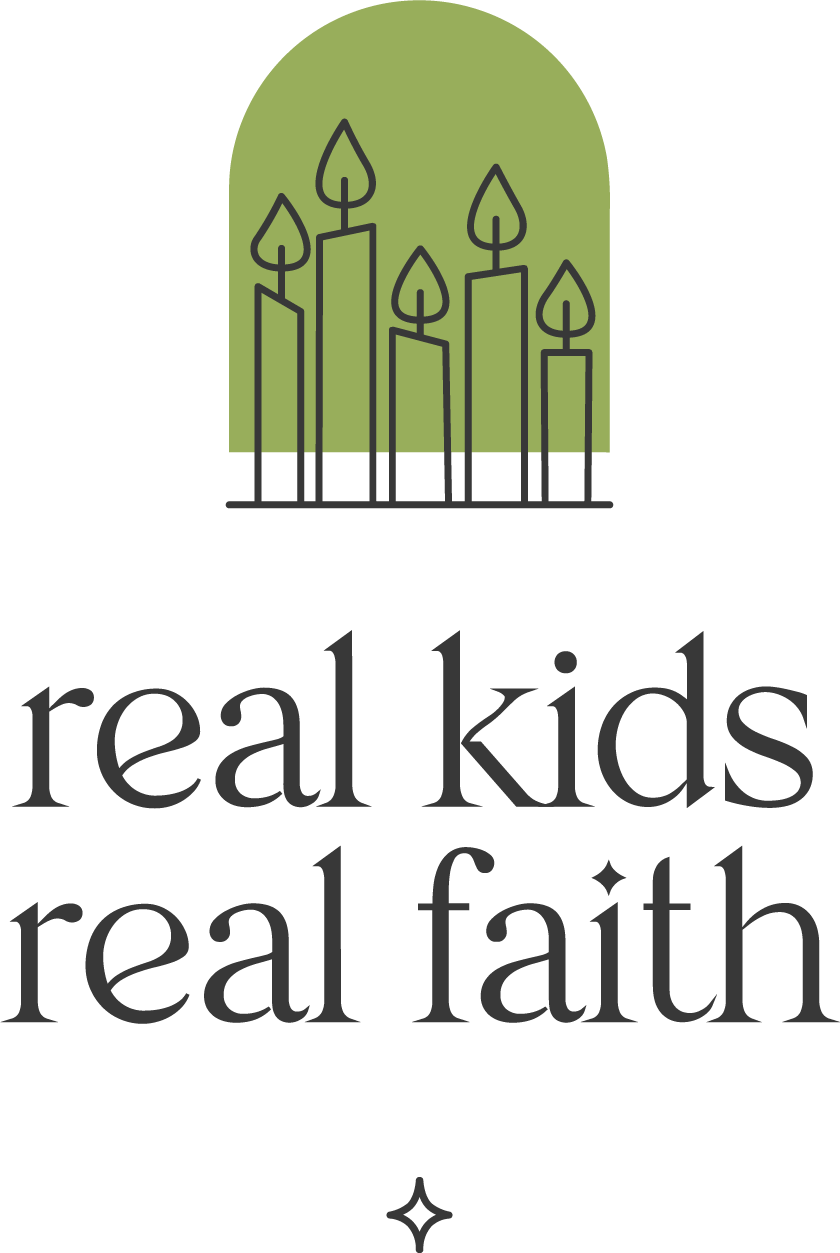Children are often curious about differences. They wonder why someone has red hair instead of brown like them, or stands instead of sitting to use the toilet. Often, they are just trying to make sense of the wide variety of human bodies and practices. But they are also influenced by social stereotypes, which can lead to hurtful comments and actions.
Joanna Ho explores one of these instances in Eyes that Speak to the Stars. When a classmate draws a picture depicting his eyes as slits, an Asian boy feels upset and confused. Interactions with his father, grandfather, and baby brother help him reclaim a positive sense of himself.
Use one or more of the following activities to explore the book and its themes of identity, differences, intergenerational relationships, and spiritual power with children.
Crescent moon eyes. The child in the book has crescent shaped eyes. His father says that they ‘rise to the skies’, where the secrets of the universe lie. Spend some time looking at the sky at night with children. (Alternatively, project the night sky on the ceiling in a dark room or view images online.) Wonder together about what is happening in the vast expanse of space. Find constellations and share the myths associated with them, or just make up stories about images you see in the stars.
Generational knowledge. The child’s father, grandfather, and little brother all teach him about the wonder of being truly himself. From them, he learns to soar, seek wisdom, and experience joy. Ask children: Who are the people in your life that help you learn about yourself? What good things do they say about you? How do they remind you to be your best self?
Ancestor tales. Agong shares stories about Mazu and other ancient ancestors with his grandson. Help children research Mazu (see Related Resources) and then invite them to share other stories of mythical figures (such as Mulan, Odysseus, Hercules) or superheroes (like Spiderman, Wonder Woman, Black Panther) that they have heard. Ask: What qualities do these figures have in common? What sets them apart from other people? How do their stories influence the kind of person you want to be?
Self-portraits. Near the end of the story, the boy describes himself and the amazing possibilities he can see for his life. Invite children to create self-portraits that show how they see themselves and want others to see them. Point out the fanciful images in the book and encourage them to be as imaginative in their own depictions as they like.
Building memories. The characters in the book enjoy spending time together. They share special sayings and experiences with one another. Play a game of charades with children. Start by inviting children to act out phrases or activities from the story while others guess what they are. Then take turns acting out favorite family phrases or activities and guessing them. Encourage children to share why these things are significant in their lives.

Comments